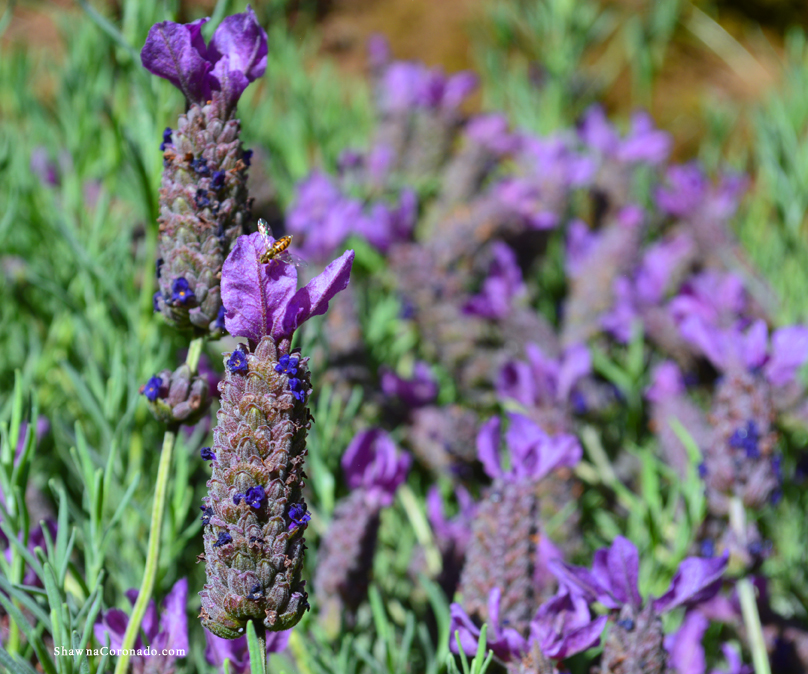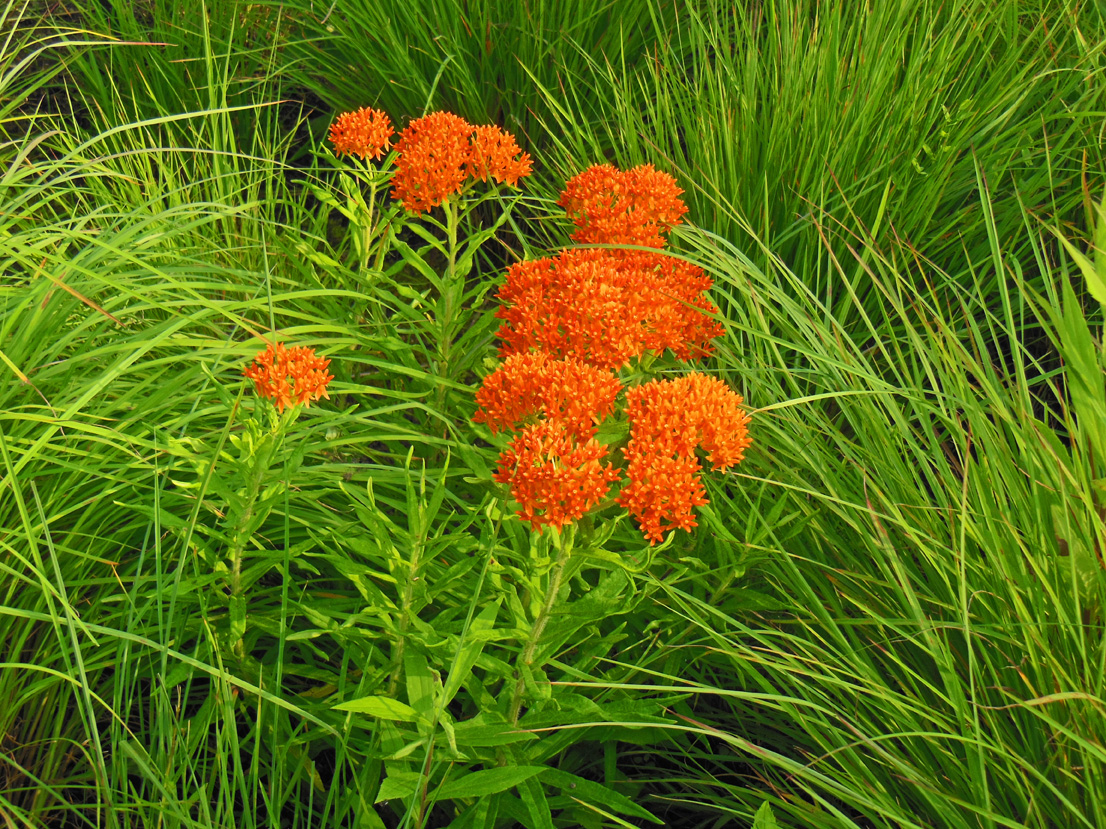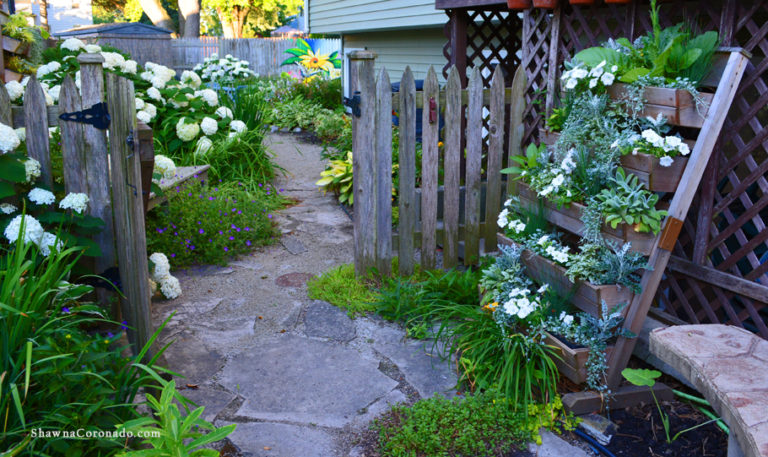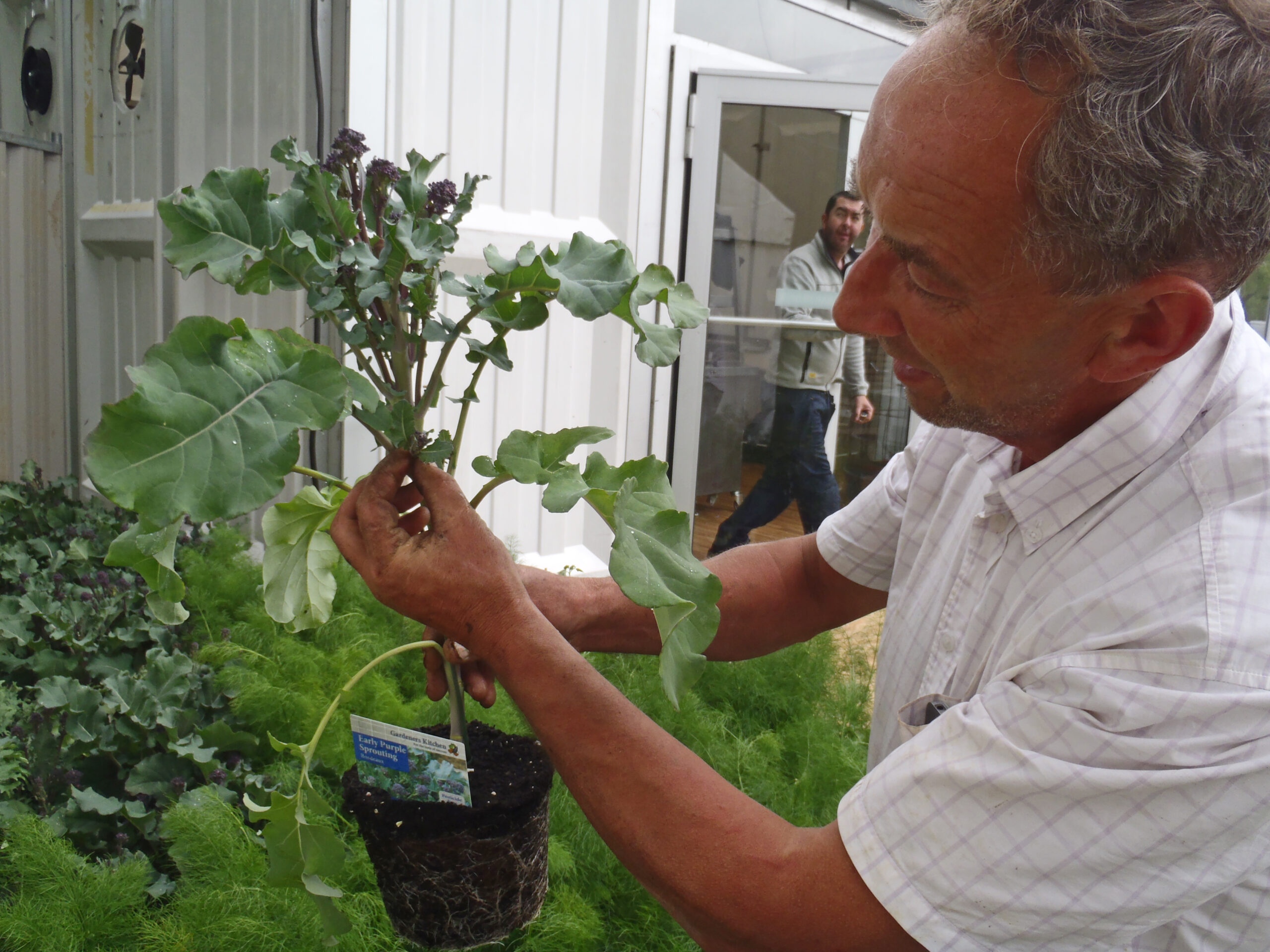How to Grow Lavender
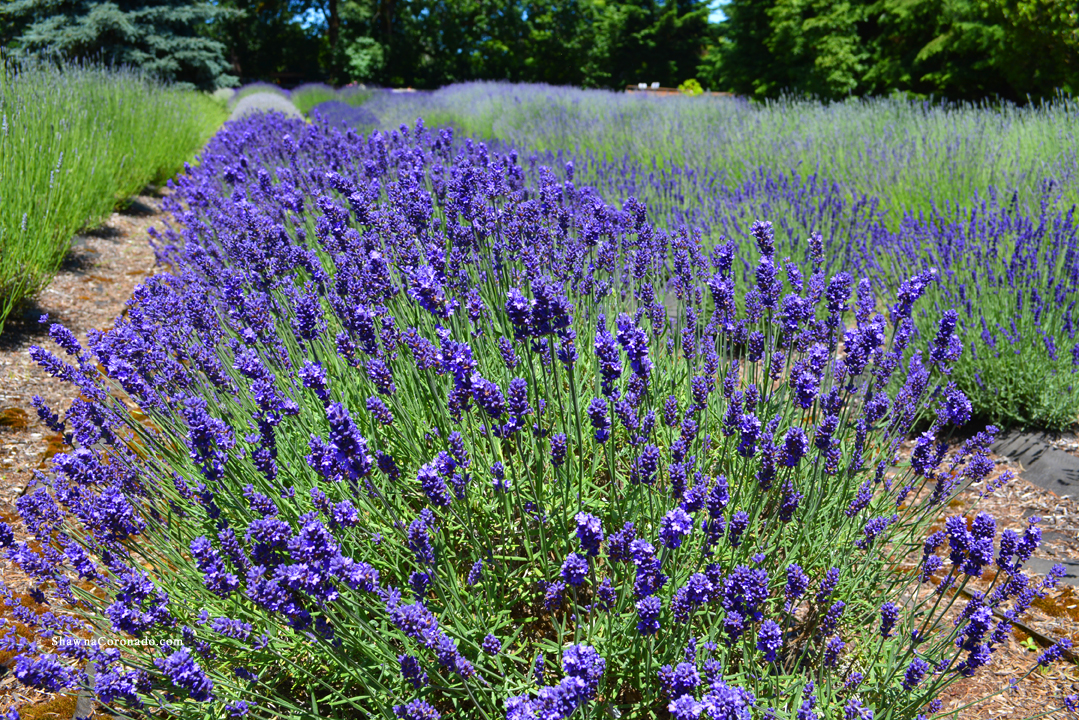
Oregon is known for its amazing lavender fields, so when traveling to Oregon’s Mount Hood Territory, I wanted to explore flowering fields and learn more about growing the plant. Chris Mulder from Barn Owl Nursery met me at her shop and gave me a delightful tour of her lavender fields (above) and store. She is filled with an encyclopedic knowledge of everything lavender and her shop – situated next to her home – has everything from lavender sachets to lavender jelly to lavender tea (below). She sells other culinary herbs as well which partner well with lavender and gave me some great tips on growing herbs.

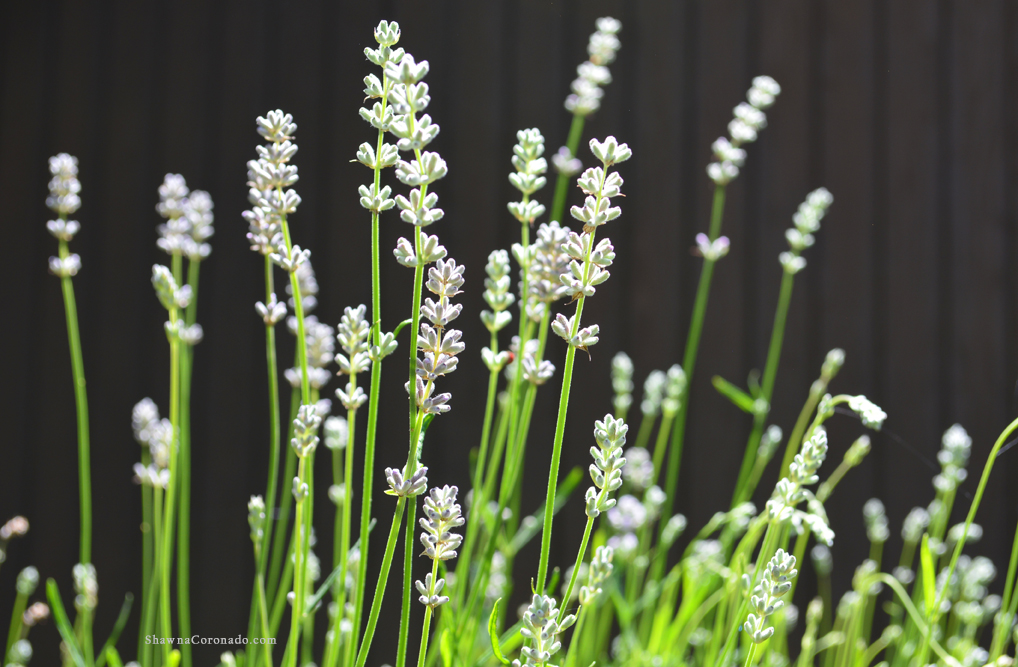
How to Grow Lavender
Lavender is a bee-attracting pollinator plant with silvery-green foliage and astounding flowers that bloom various shades of blue-purple, pink, and white (above) flowers which have a beautiful fragrant scent and does best in hot and sunny locations with a meager soil, much like the Mediterranean climate where the plant originates. Lavender is used fresh and works well in sugars, teas, and liquor distilments. Oil from the lavender flower has been used for perfumes and pomanders for more than 2,500 years.
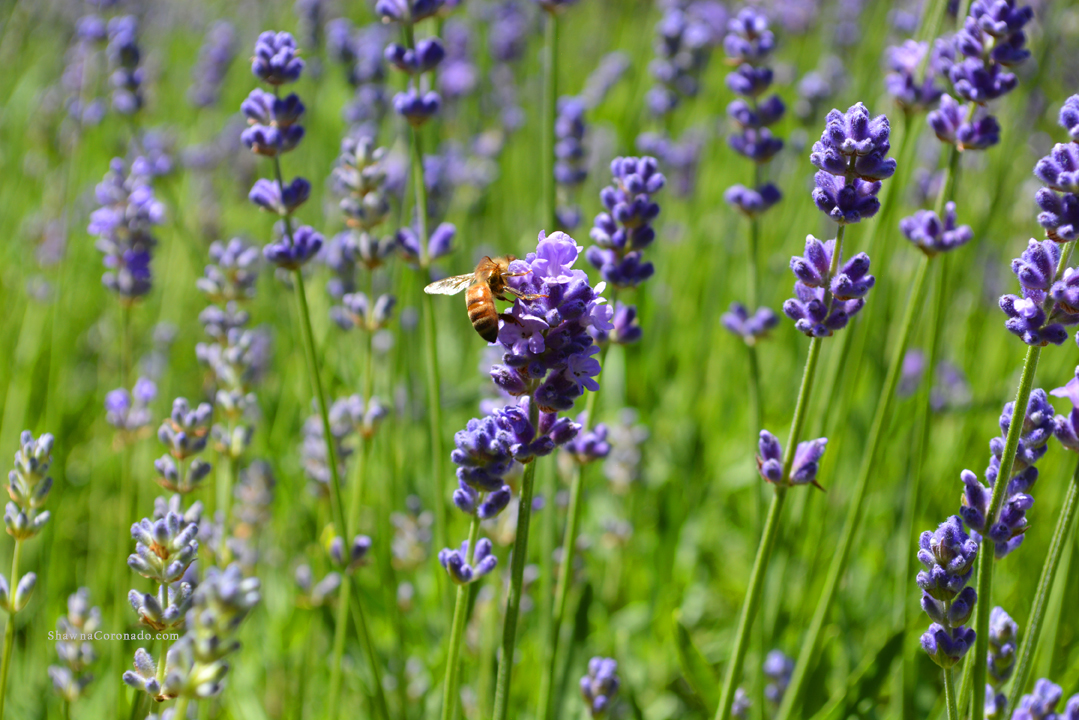
Lavender plants prefer warm weather and average to poor soils that are loose, gravelly, sandy, or loamy. Be sure soil composition is extremely well-draining. Sow seeds indoors four weeks before the last frost or sow seeds early in the season, covering lightly with 1/8″ of organic seed starting soil. When planting potted lavender, simply dig a hole, loosen the roots, place the plant in the hole, and gently cover roots. Water regularly until established, but do not overwater.
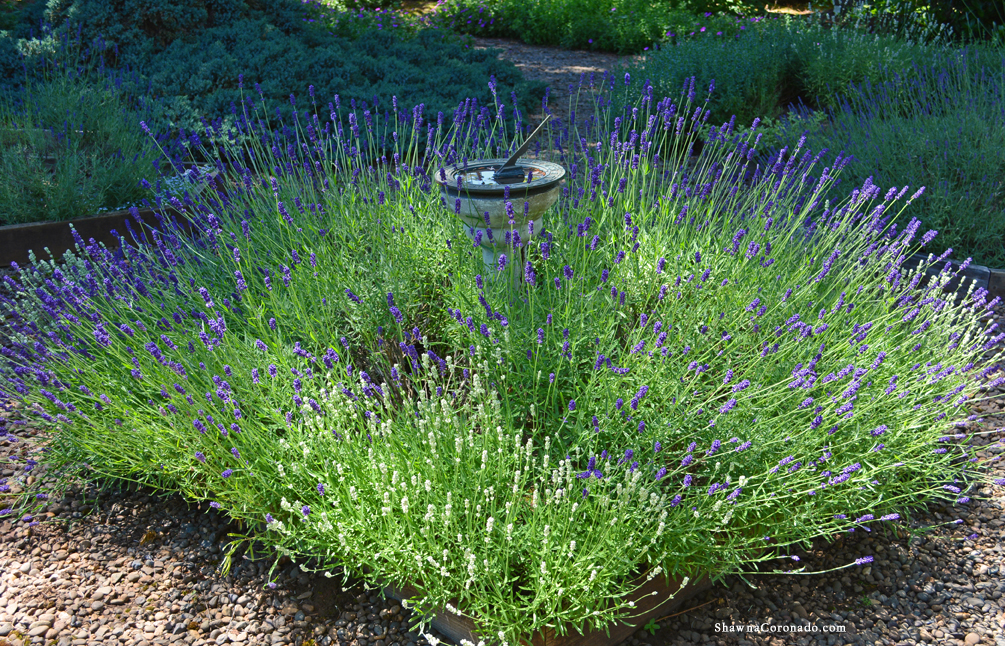
Mulch lavender plants well for winter protection. Do not fertilize heavily. Lavender that is over-fertilized can have flowers that are less fragrant and are more likely to suffer from legginess and fungal diseases. Help establish lavender by cutting off any flower buds that develop in the first season so the plant can focus on root growth. In the future, once flowers have bloomed, cut back to about 1/3 of the new growth. Wetness is the enemy of the lavender plant and will cause the leaves to yellow. Excessively wet seasons, watering too much, or planting in shaded and damp areas can lead the plant to disaster via fungal conditions and root rot. Prevention is the key; plant in open, airy, sun-filled locations in the proper soil. Plants sometimes become ragged looking and woody; simply remove and replace.
Oregon Lavender Adventures
Special thanks to Chris Mulder for allowing me to take the lovely lavender photos on this post at her nursery. If you would like to explore more about Oregon lavender, just go to the Oregon Lavender Association and check out Oregon Lavender Destinations and events going on right now. Go meet Chris at the Barn Owl Nursery in Oregon’s Mount Hood Territory to embrace a whole lot of lavender love.
